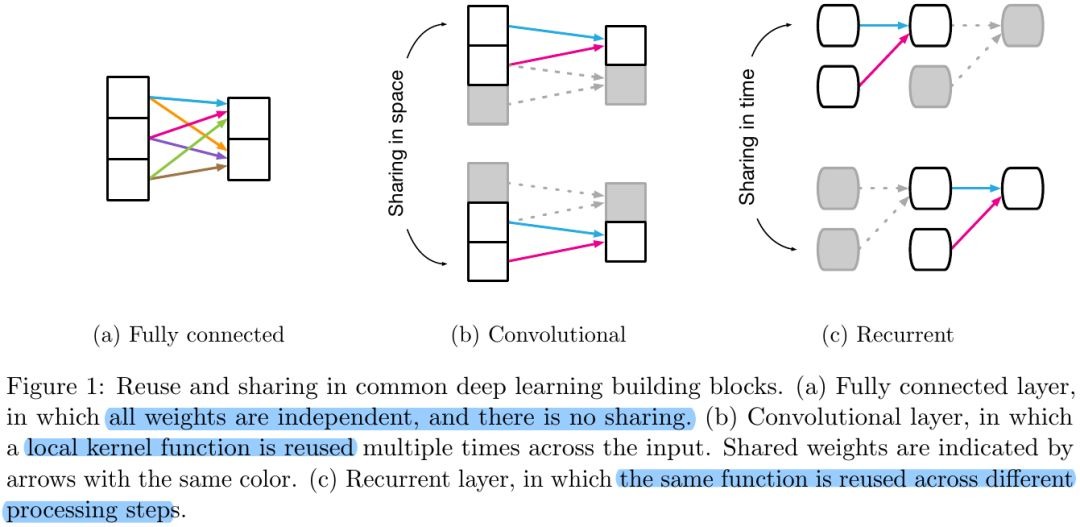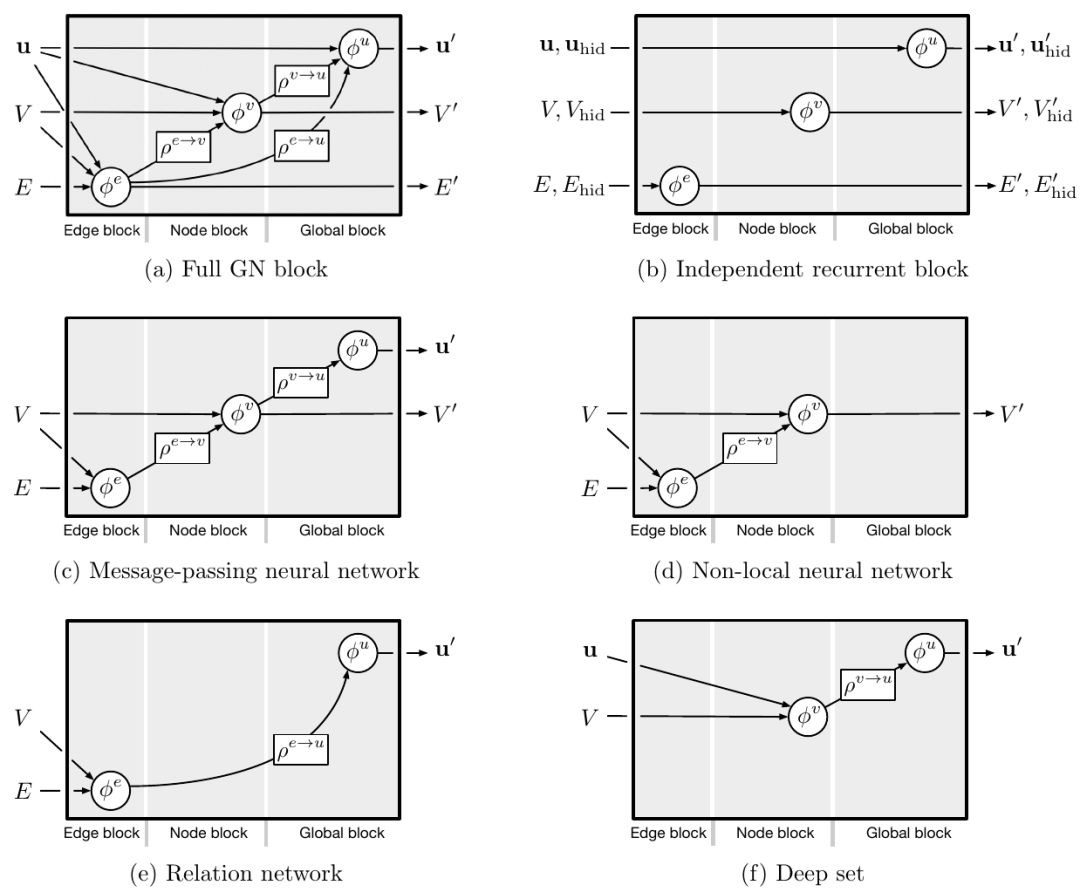Battaglia P W, Hamrick J B, Bapst V, et al. Relational inductive biases, deep learning, and graph networks[J]. arXiv preprint arXiv:1806.01261, 2018.
1. Overview
In this paper
- argue that combinational generalization must be a top priority for AI
- advocate integrative approaches
- explore how using relational inductive biases within deep learning architecture
- present graph network. strong relational inductive bias; manipulate structured knowledge and produce structured behaviors
- discuss how graph networks can support relational reasoning and combinational generalization
1.1. Relational Inductive Biases
impose constraints on relationships and interactions among entities in a learning process.


1.1.1. over Sets and Graphs
- Invariant to ordering

1.2. Graph Networks
- takes a graph as input
- perform computations over the structure
- return a graph as output
1.2.1. Strong Relational Inductive Biases
- express arbitrary relationships among entities
- invariant to permutation
- per-edge and per-node functions are reused across all edges and nodes
1.2.2. Definitions

- u. global attribute
- V. set of nodes
- E. set of edges
- v_i. the ith node
- e_k. the kth edge
- r_k. receiver of the kth edge
- s_k. sender of the kth edge



1.3. Design Principles
- flexible representation
configurable within-block structure



composable multi-block architecture

1.4. Discussion
- combinatorial generalization. shared computations across the entities and ralations to reason never-before-seen system
- question. where do get graphs come from that graph networks operate over?